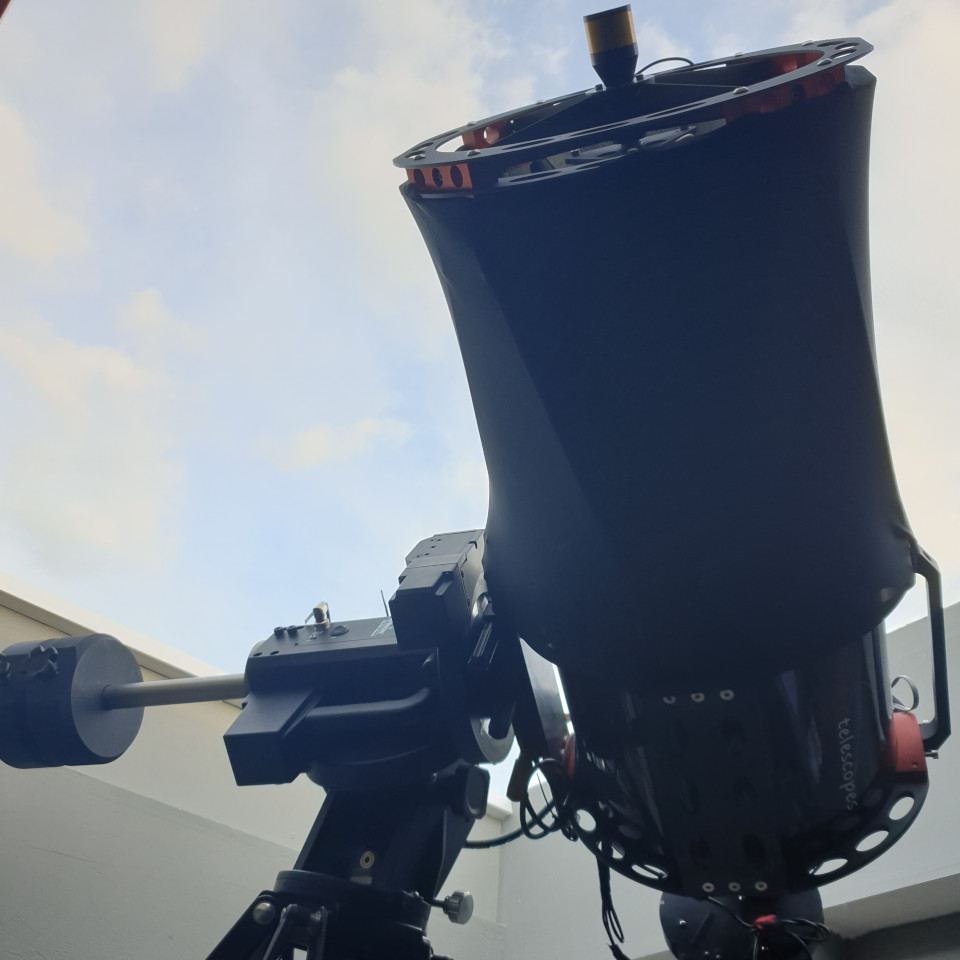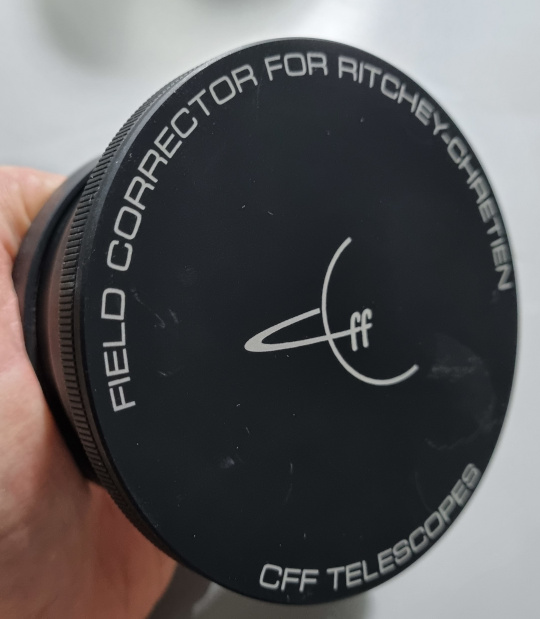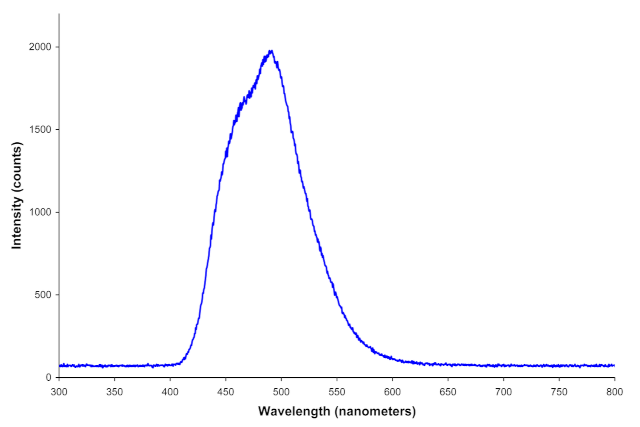Reflectors and corrector lenses
In this article, I show a series of tests performed, with the aim of analyzing whether or not the use of corrector lenses in a reflecting telescope is relevant; the result may or may not be extrapolated to other telescopes with similar optical design, although in such a case, other factors, such as mirror coatings and their impact on transmission, must also be taken into account.
Usually, when selecting a type of telescope, many factors come into play, one of them, perhaps today one of the ones that receives the most focus, and not always fairly, is the corrected field offered. In telescopes based totally or partially on lenses, such as refractors or catadioptics, these fields are usually achieved by adding corrector elements, either already incorporated in the optical design itself or added later.
One of the main qualities of the Ritchey-Chretien optical design, is that thanks to the combination of two hyperbolic mirrors, they are able to offer a fairly wide corrected field (~30mm), without the need to add corrective elements.
As I have described in this web, I own a Ritchey-Chretien with a 12" aperture, manufactured by CFF, with such optical configuration.

As standard, it includes a very good flattener, capable of generating 60mm of corrected field. Obviously, if our sensor is very large, we will have no choice but to use it, but what if not...?
After several tests, I have been able to verify that the unit I own, without corrector, is able to deliver a corrected field of about 32mm, would it be advisable to use it?

So let's take a look at the results and draw some conclusions.
For the tests, the QHY42Pro camera has been used, which still has quite a lot of sensitivity beyond the visible spectrum... both in catadioptic configuration (with the flattening corrector) and in pure mirror reflector (without corrector). A series of flats shots have been taken in different emission spectra and, finally, the cotton test, under the stars.
Electroluminescent transmission
In this first case, we will take a series of flats illuminated by means of an electroluminescent sheet, which emits in the visible range.

| Mean (ADUS) | Min. value | Max. value | |||
|---|---|---|---|---|---|
| Catadrioptic (w/Flattener) | 19022,384 | 14572 | 31399 | ||
| Reflector (w/o Flattener) | 20060,152 | 14953 | 38177 | ||
| % Loss | 5,17% | 2,55% | 17,75% |
As we can see, we have an average loss around 5% in the visible, quite assumable due to the increased field correction for large sensors. However, if we look at the maximum values, it seems that they want to tell us something... let's continue.
Transmission in NIR
The next test consists in taking another series of flats, but this time, with an illumination generated by a NIR lamp and a pass filter from 742nm. The QHY42Pro is still quite sensitive in this band, so let's see what we get.

| Mean (ADUS) | Min. value | Max. value | ||
|---|---|---|---|---|
| Catadrioptic (w/Flattener) | 20747,684 | 17225 | 23079 | |
| Reflector (w/o Flattener) | 24162,686 | 19262 | 26756 | |
| % Loss | 14.13% | 10.58% | 13.74% |
We are looking at a not inconsiderable loss of over 14%, indicating that the corrective lens, while still transmitting, suffers beyond the visible.
Broadband
The next test is a combination of the previous two, but without filters. We have both the foil and IR lamp on, with the camera capturing across the spectrum.
| Mean (ADUS) | Min. value | Max. value | |||
|---|---|---|---|---|---|
| Catadrioptic (w/Flattener) | 38999,636 | 32224 | 41922 | ||
| Reflector (w/o Flattener) | 45853,359 | 32310 | 52212 | ||
| % Loss | 14,95% | 0,27% | 19,71% |
The results confirm the data obtained previously.
Under the stars
And the moment of truth arrives... the field test under the stars with a series of 60 light shots, let's see the results, first, a field analysis.
Field analysis
| Mean (ADUS) | Min. value | |||
|---|---|---|---|---|
| Catadrioptic (w/Flattener) | 2658915 | 1929 | ||
| Reflector (w/o Flattener) | 3124236 | 2299 | ||
| % Loss | 14,89% | 16,09% |
As an example, we have selected 4 stars in the center of the field:
Star A
| Mean (ADUS) | Peak value (ADUS) | |||
|---|---|---|---|---|
| Catadrioptic (w/Flattener) | 2974,752671 | 9201 | ||
| Reflector (w/o Flattener) | 3329,583433 | 11399 | ||
| % Loss | 10,66% | 19,28% |
Star B
| Mean (ADUS) | Peak value (ADUS) | |||
|---|---|---|---|---|
| Catadrioptic (w/Flattener) | 207,520502 | 3165 | ||
| Reflector (w/o Flattener) | 247.098026 | 3796 | ||
| % Loss | 16.02% | 16.62% |
Star C
| Mean (ADUS) | Peak value (ADUS) | ||
|---|---|---|---|
| Catadrioptic (w/Flattener) | 471,626881 | 3885 | |
| Reflector (w/o Flattener) | 529,03236 | 4557 | |
| % Loss | 10.85% | 14.75% |
Star D
| Mean (ADUS) | Peak value (ADUS) | |||
|---|---|---|---|---|
| Catadrioptic (w/Flattener) | 194,357033 | 3118 | ||
| Reflector (w/o Flattener) | 212,962761 | 3773 | ||
| % Loss | 8.74% | 17.36% |
The numbers are clear... putting a lens-based element to my Ritchey-Chretien together with a camera as special as the QHY42Pro, doesn't seem to suit it too well, coming to lose a not insignificant percentage of signal (around 15% on average), higher, the more we go out of the visible spectrum.
Therefore, for this combination, the smartest thing to do is to take advantage of one of the great advantages of the Ritchey-Chretien and squeeze the image circle that, natively, they are capable of delivering.

